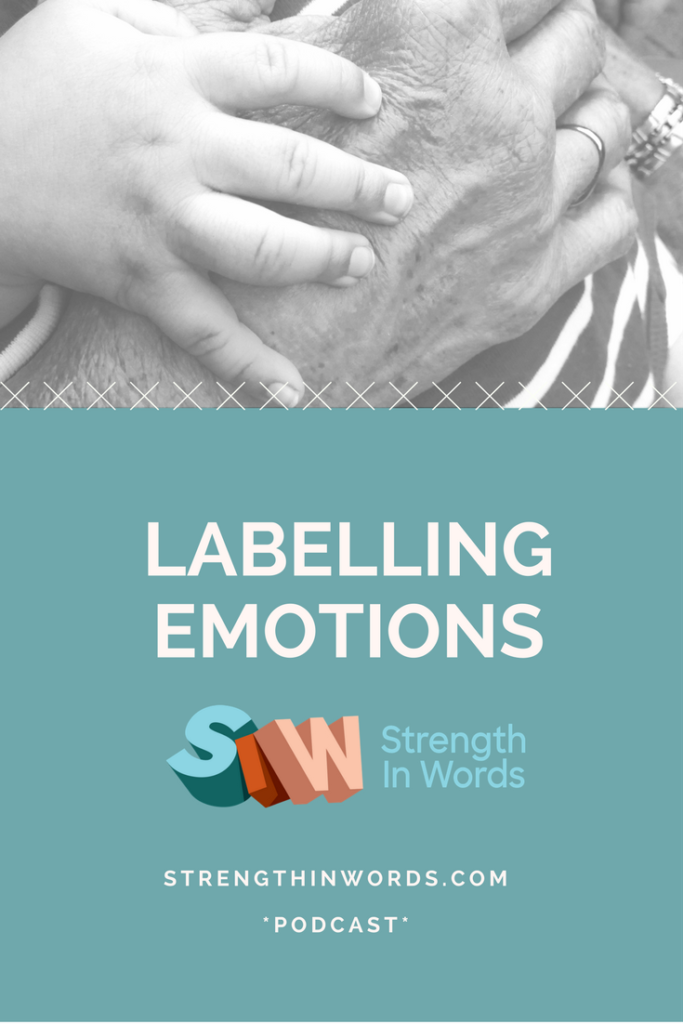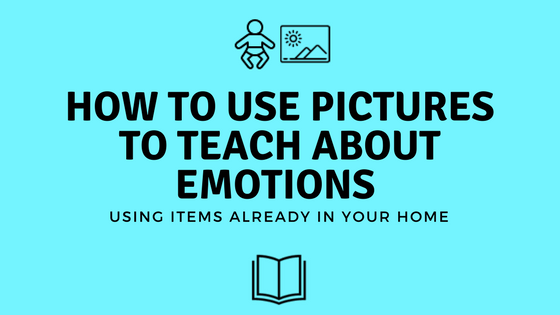Emotional development starts from birth – and it’s something we “work on” our entire lives!

Consider that even as adults, we struggle to understand our feelings. We have emotional reactions, we “act out” or “lash out” and we sometimes have emotional responses to a trigger in our environment.
In this episode of Learn With Less, Ayelet explores some of the ways we can help our youngest humans to develop healthy social and emotional development, and some of the tools we can provide.
Below is the transcript of this episode’s “Developmental Thought,” an excerpt from the full episode.
For additional information, music, play ideas and the complete interactive family experience, please listen to the entire episode.
>>Don’t Miss Our Corresponding Blog Post!<<
Emotional Sensitivity
Even in the first year of life, babies are incredibly sensitive to emotion. Research suggests that even by a few months of age, infants are able to recognize the difference between happy and sad expressions, and differentially process emotional tones in voices they hear.
That’s powerful stuff! Recent findings even suggest that infants exposed to more conflict show higher stress levels (measured by their brain activity to angry tones of voice) – and regular exposure to conflict (including exposure to those angry tones while they are asleep!) can deeply affect the way their brains process emotion and anxiety, leading to their own ability to regulate emotions.
Emotional Cues
You may have seen your baby start to cry simply when he hears another baby cry! This imitation and “empathy cry” is not simply for the sake of imitating others, but because infants look to others for cues about emotional signals, and are affected by other peoples’ emotions.
This is why it’s important to try to pay attention to your emotional reactions to things, and give words for how you (or others around you) are feeling. It’s also why, when speaking to your baby, it’s wise to try to match your tone with your intent.
Your baby is learning from you about how to display and regulate his emotional reactions to things, to the clearer you can be about yours – the better!
Giving Words For Feelings
When you label emotions – of people in your environment (especially when strong emotions are witnessed), or those your baby expresses, you give words to feelings and reassure her that feelings of all kinds are valued.
If you explain how actions make people feel, or make predictions about why people might feel a certain way – when looking at pictures of other people or watching others in a social situation – you work on sensitizing your little one from a very early age to an important part of social language, cognition, and perspective taking, something in the psychology field that is known as “theory of mind.”
We’ll talk more about this in future episodes, but for now, I’ll just say that if you can naturally build in this type of “emotional language” naturally and fluidly throughout your baby’s early months and years, you will be supporting her receptive language (what she understands) as well as her social/emotional and cognitive development.

